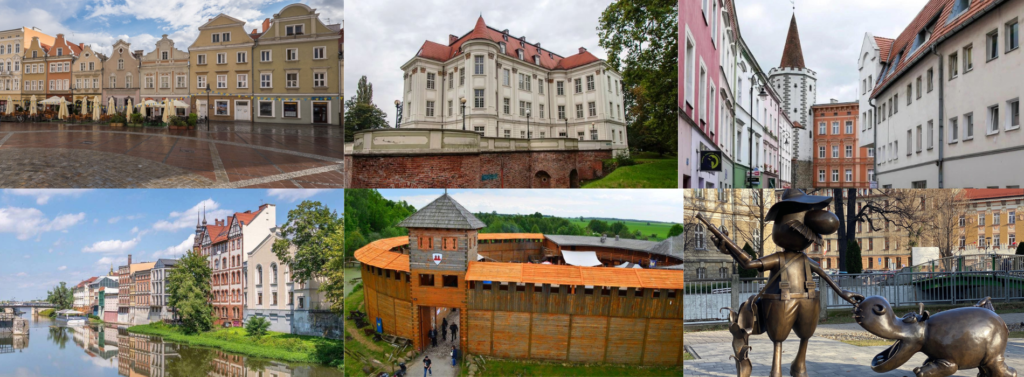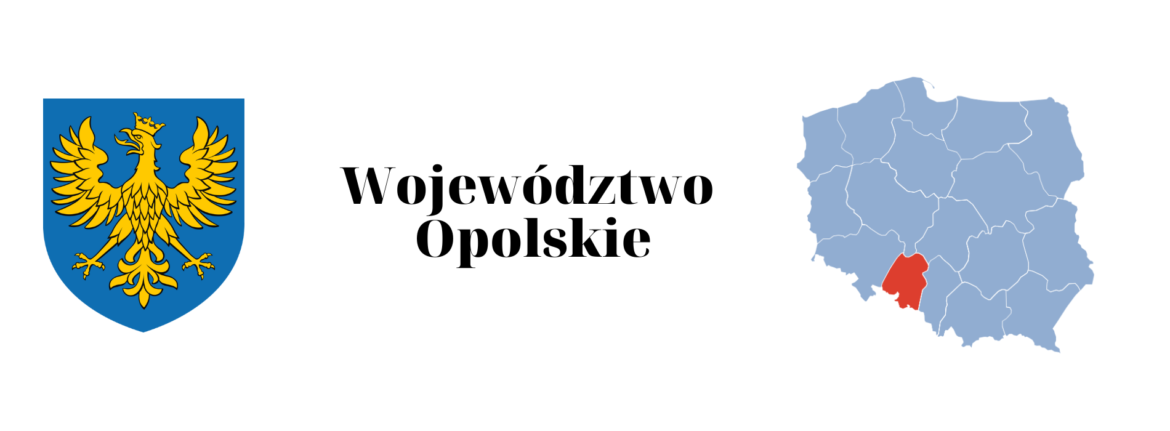Opole Voivodeship, also known as Opole Province, is the smallest and least populated voivodeship in Poland. Its name is derived from the region’s capital and largest city, Opole. The province is a part of Upper Silesia and is known for its significant German minority. In fact, German is co-official in 28 communes of this voivodeship.
Geographical and Historical Overview
Geographically, Opole Voivodeship is located in southwestern Poland. The Oder River flows through the heart of the region, dividing it into picturesque landscapes. The northern part is densely forested, while the southern part is primarily arable land. Historically, the voivodeship has undergone various administrative changes. It was re-established on January 1, 1999, from the former Opole Voivodeship and parts of Częstochowa Voivodeship. The region has a rich history, with its roots tracing back to the Middle Ages.
Cultural Significance and German Influence
One of the most notable aspects of Opole Voivodeship is its German minority, which constitutes about 15% of the region’s population. This is the largest concentration of ethnic Germans in Poland. As a result, many areas in the voivodeship are officially bilingual. The German language and culture play a significant role in the region’s education and daily life. This German influence dates back to the Late Middle Ages, and the area was once a part of the Prussian province of Silesia.
Economic and Educational Landscape
Opole Voivodeship is both an industrial and agricultural hub. It boasts mineral resources like limestone, marble, and basalt. The region’s agriculture is among the most productive in Poland, thanks to its favorable climate and fertile soils. The voivodeship’s economy comprises over 53,000 businesses, with manufacturing companies employing over 89,000 people. In terms of education, the region is home to three state-run universities, all based in Opole, the voivodeship’s capital.
Tourist Attractions and Natural Beauty
The region is a haven for nature lovers and tourists. It houses three large lakes: Turawskie, Nyskie, and Otmuchów. The Opawskie Mountains are a popular attraction, especially between Prudnik and Głuchołazy. Additionally, the voivodeship boasts historical landmarks like the castle in Brzeg and the Franciscan monastery on Saint Anne Mountain.

Conclusion
Opole Voivodeship is a blend of rich history, diverse culture, and natural beauty. Its unique Silesian culture, combined with German influences, makes it a fascinating region to explore. Whether you’re interested in history, culture, or nature, Opole Voivodeship has something to offer for everyone.
